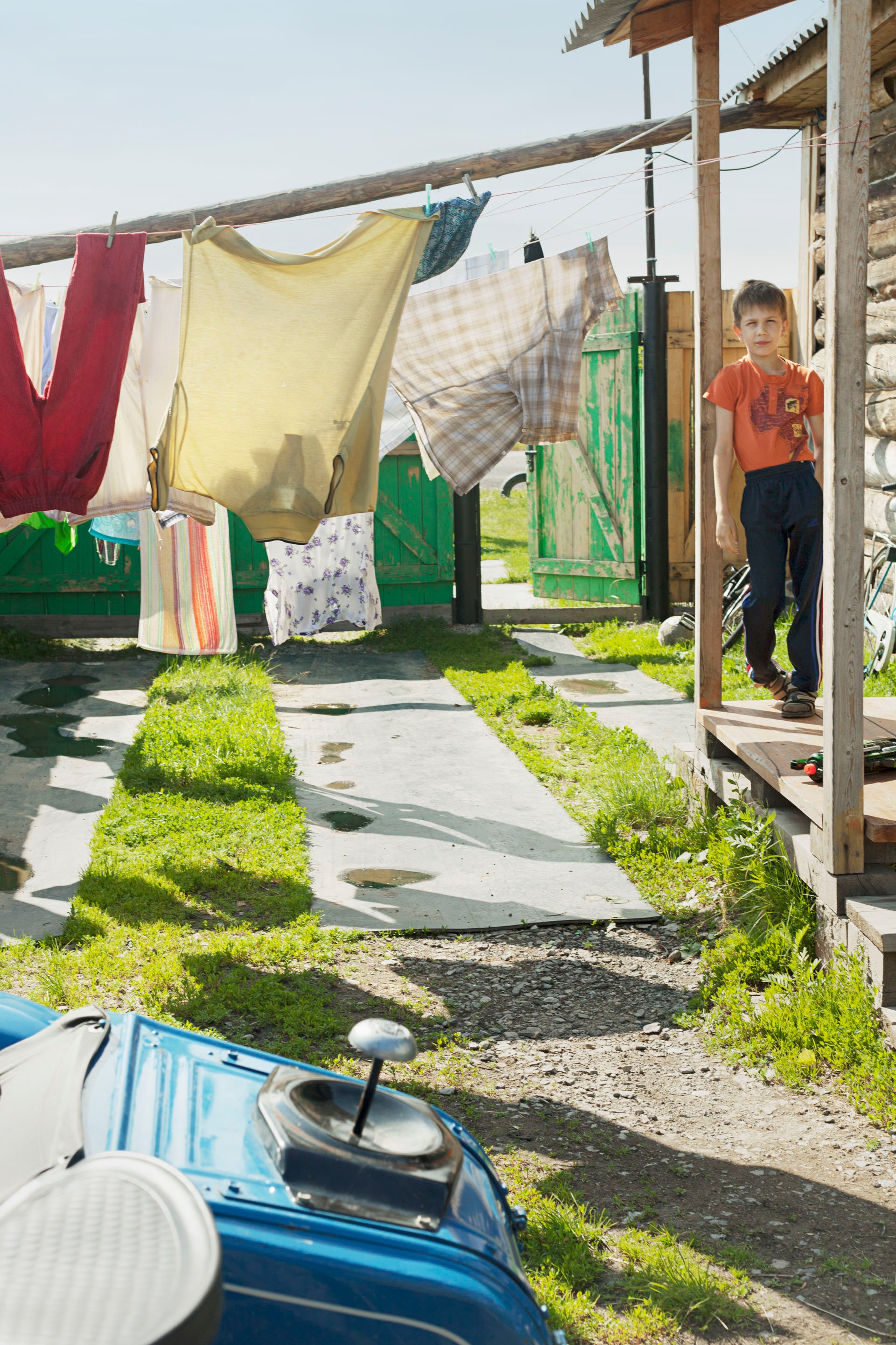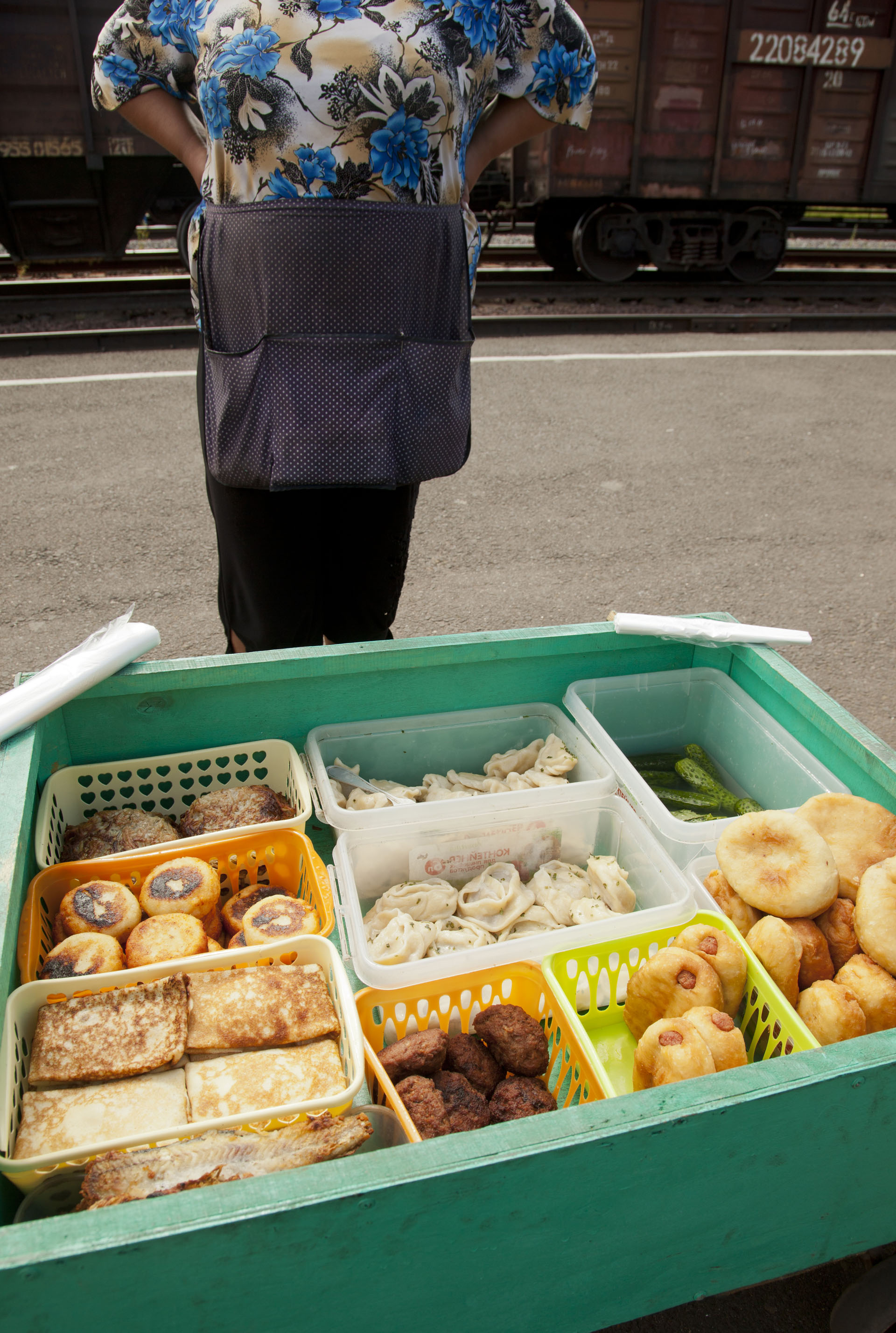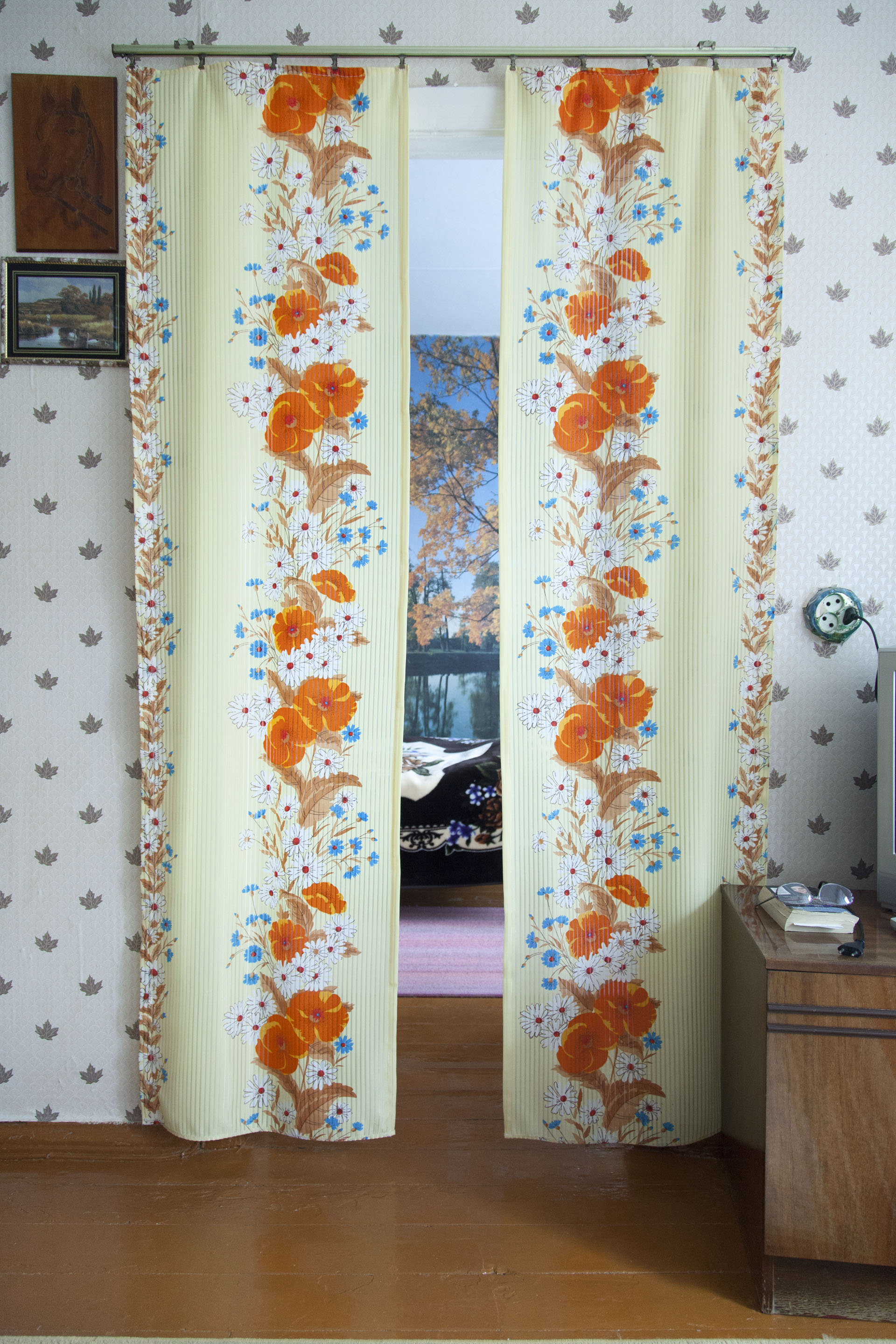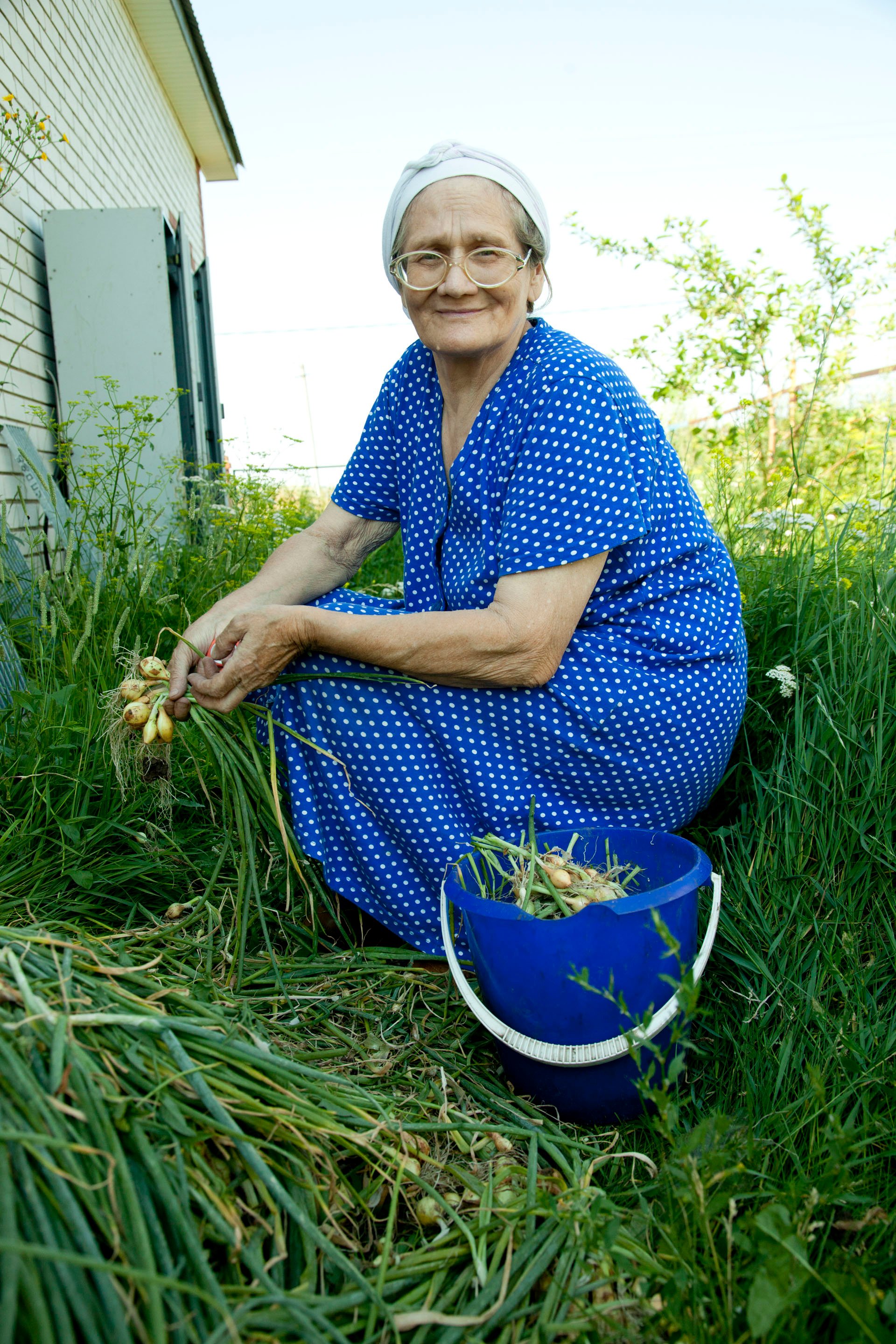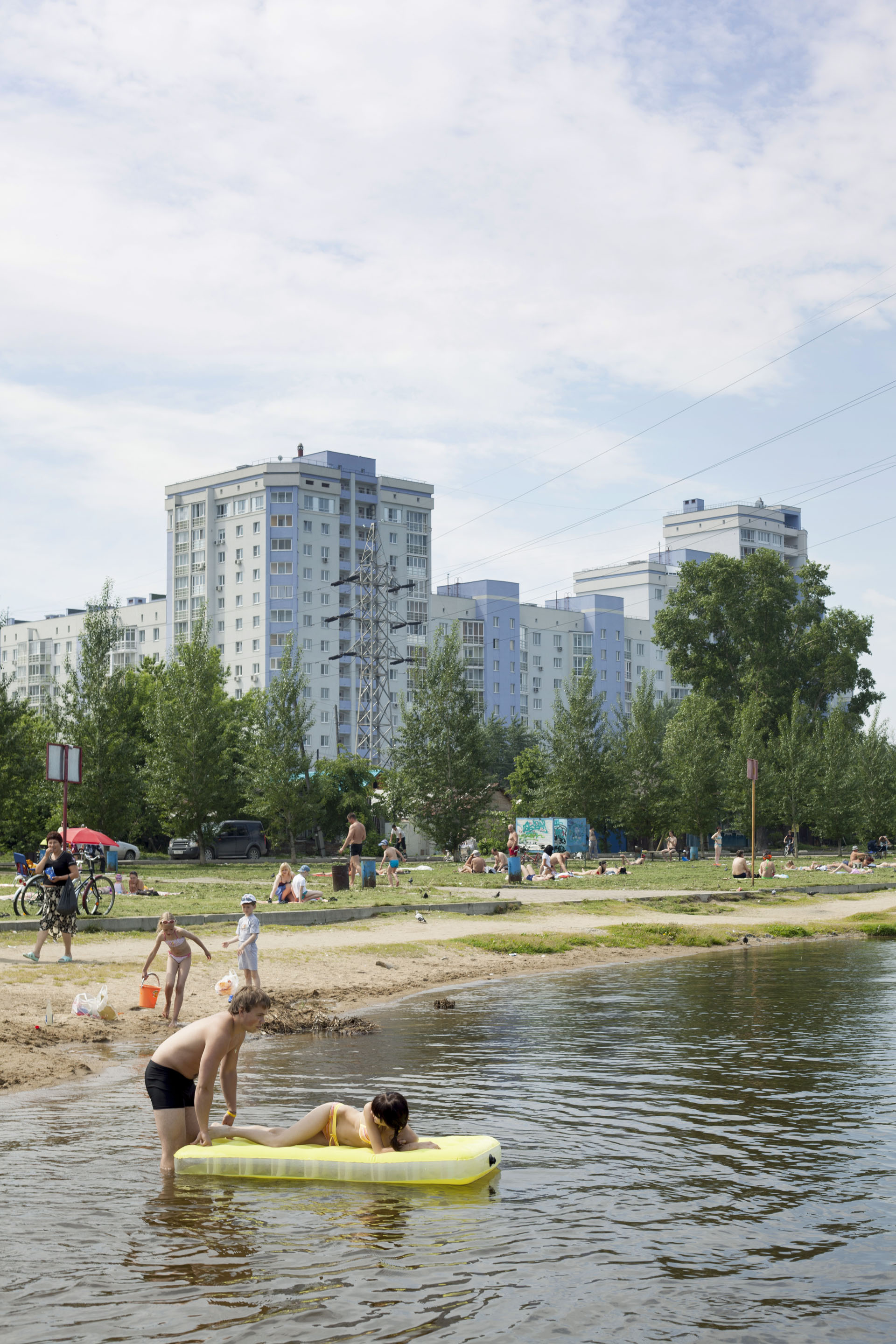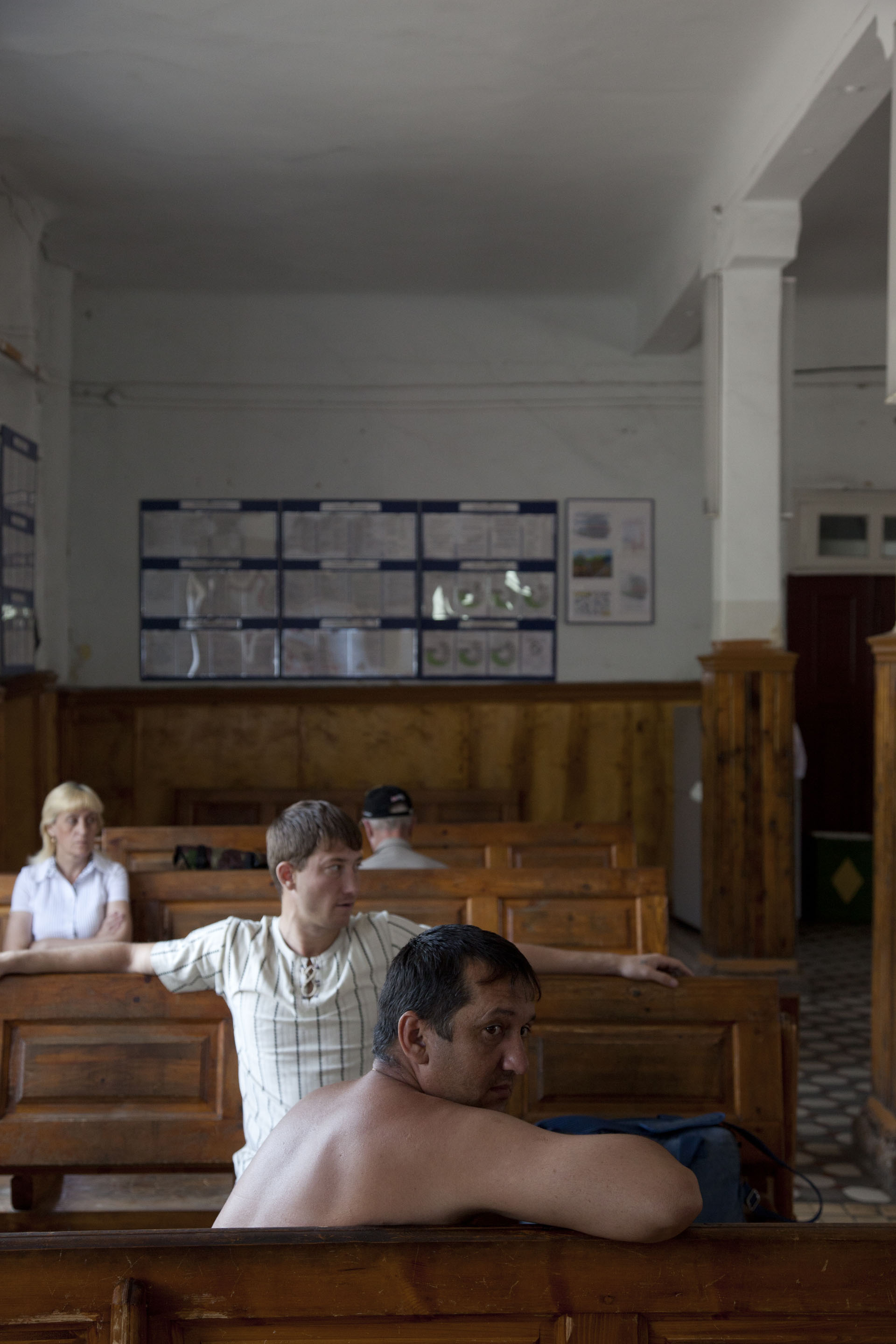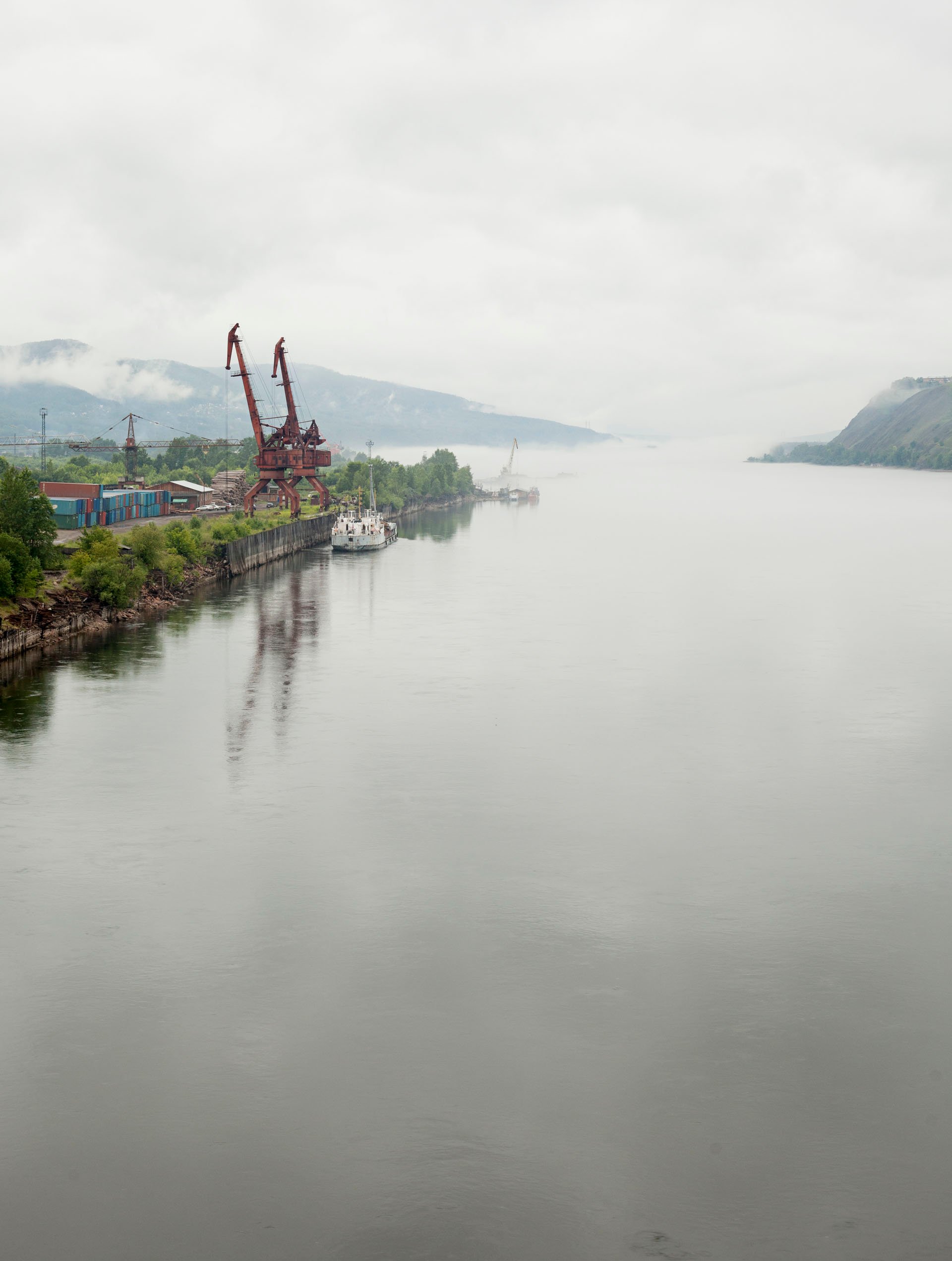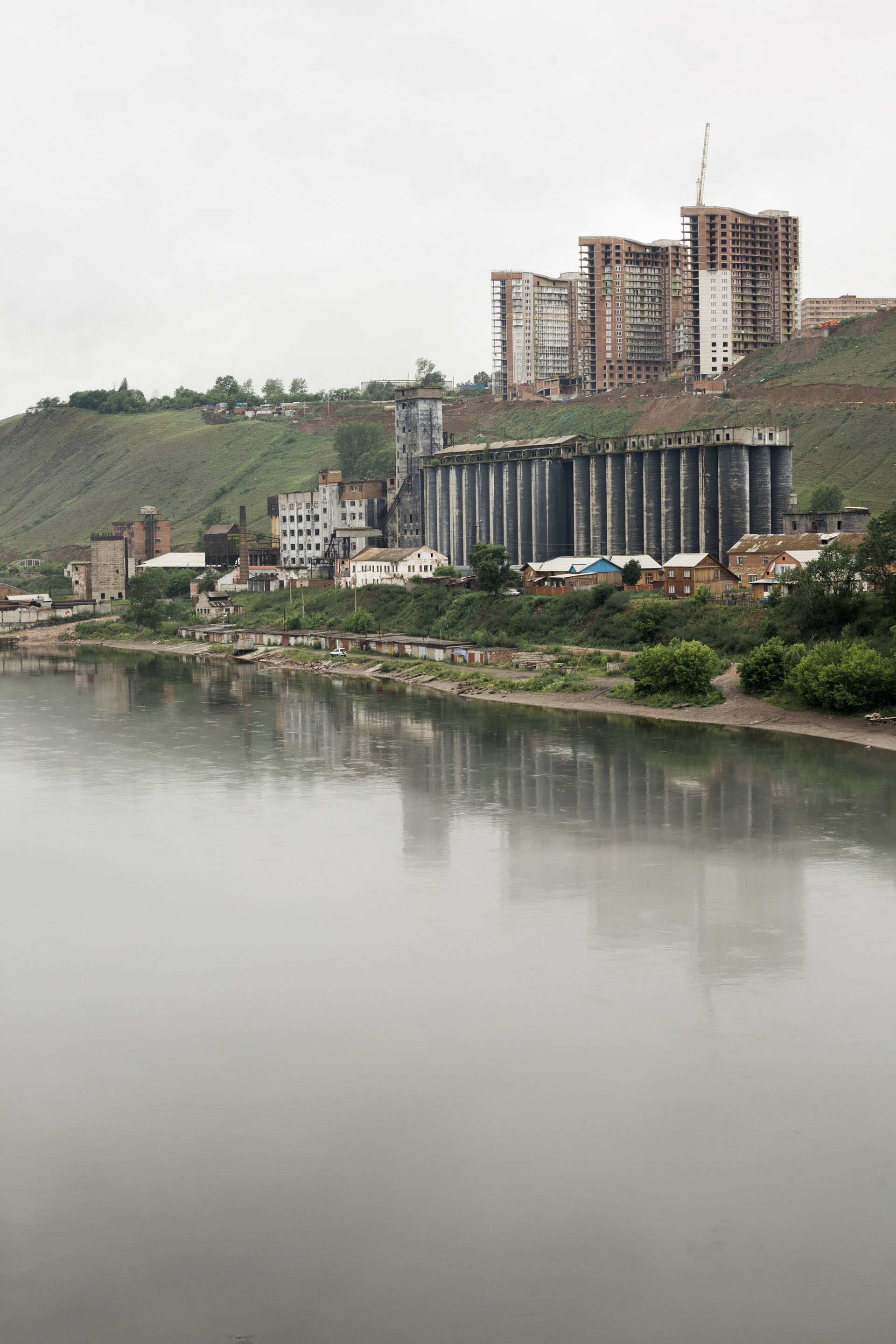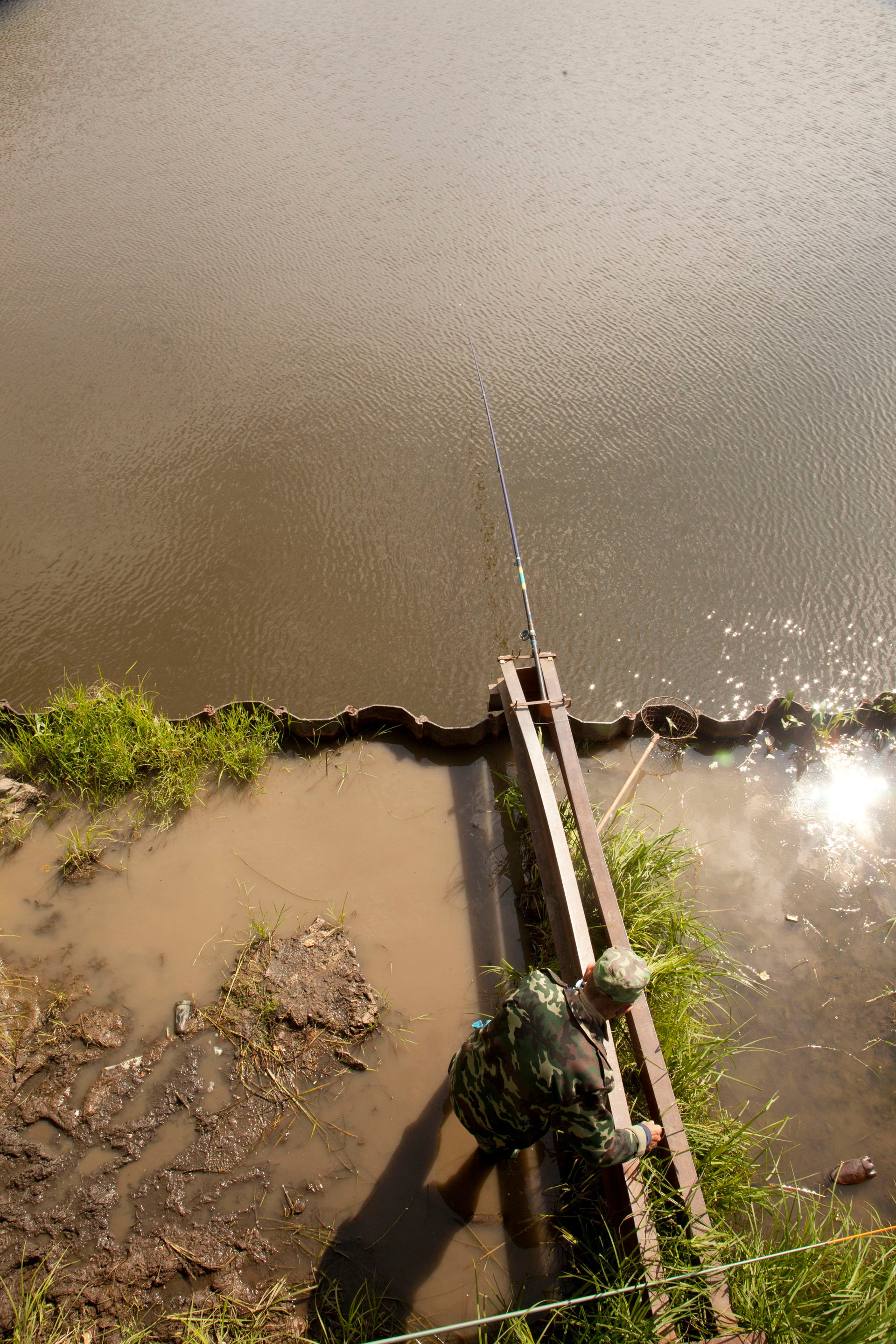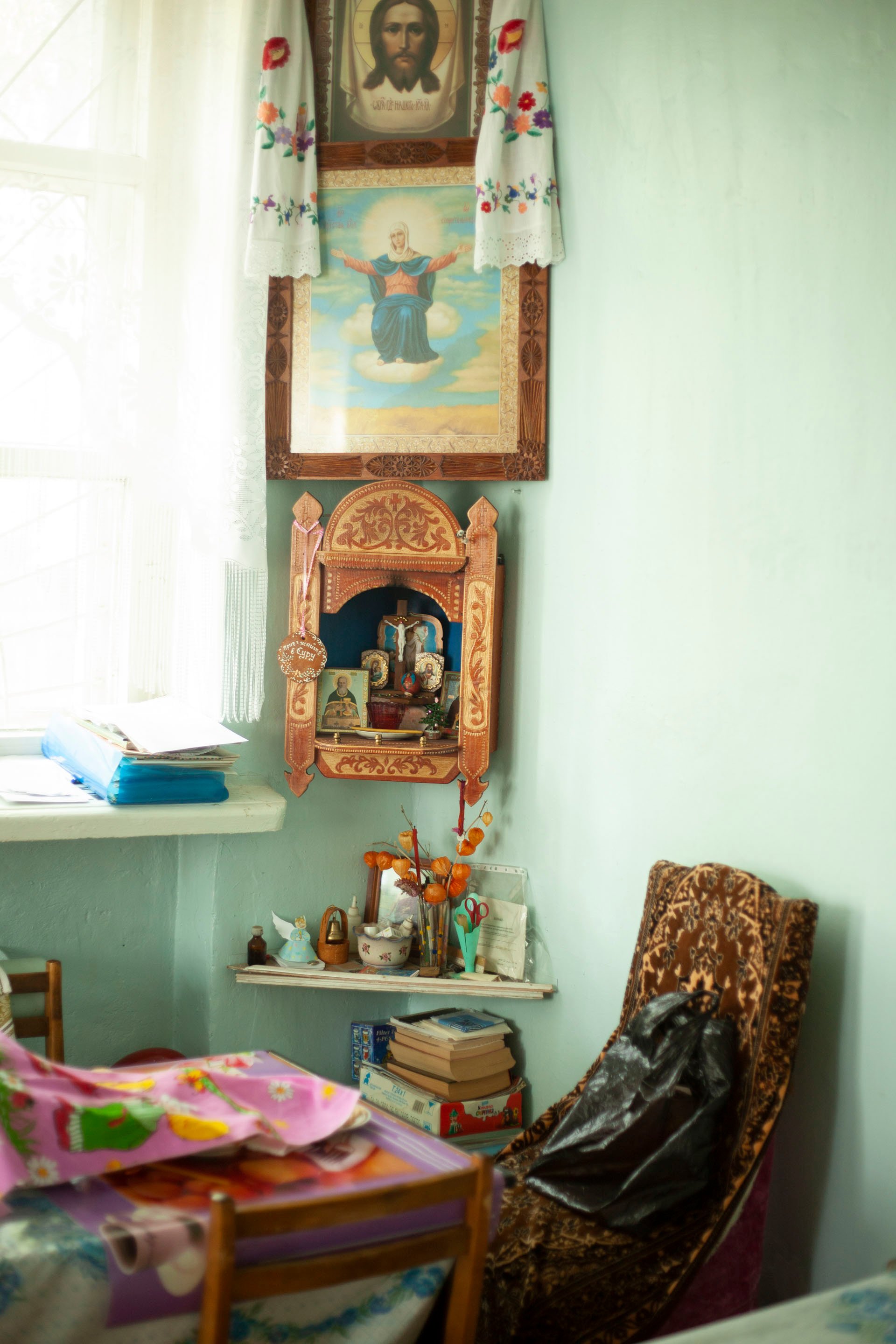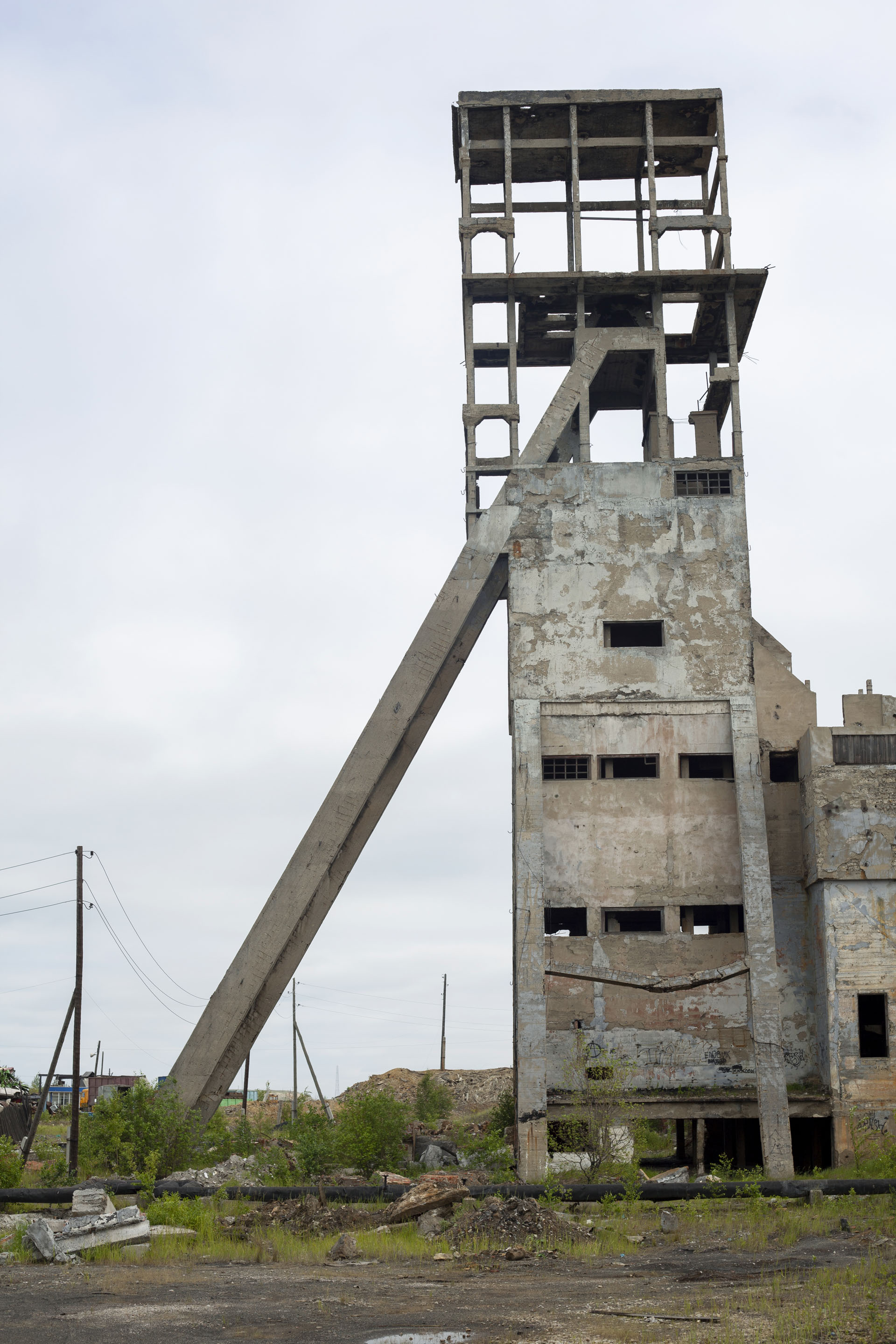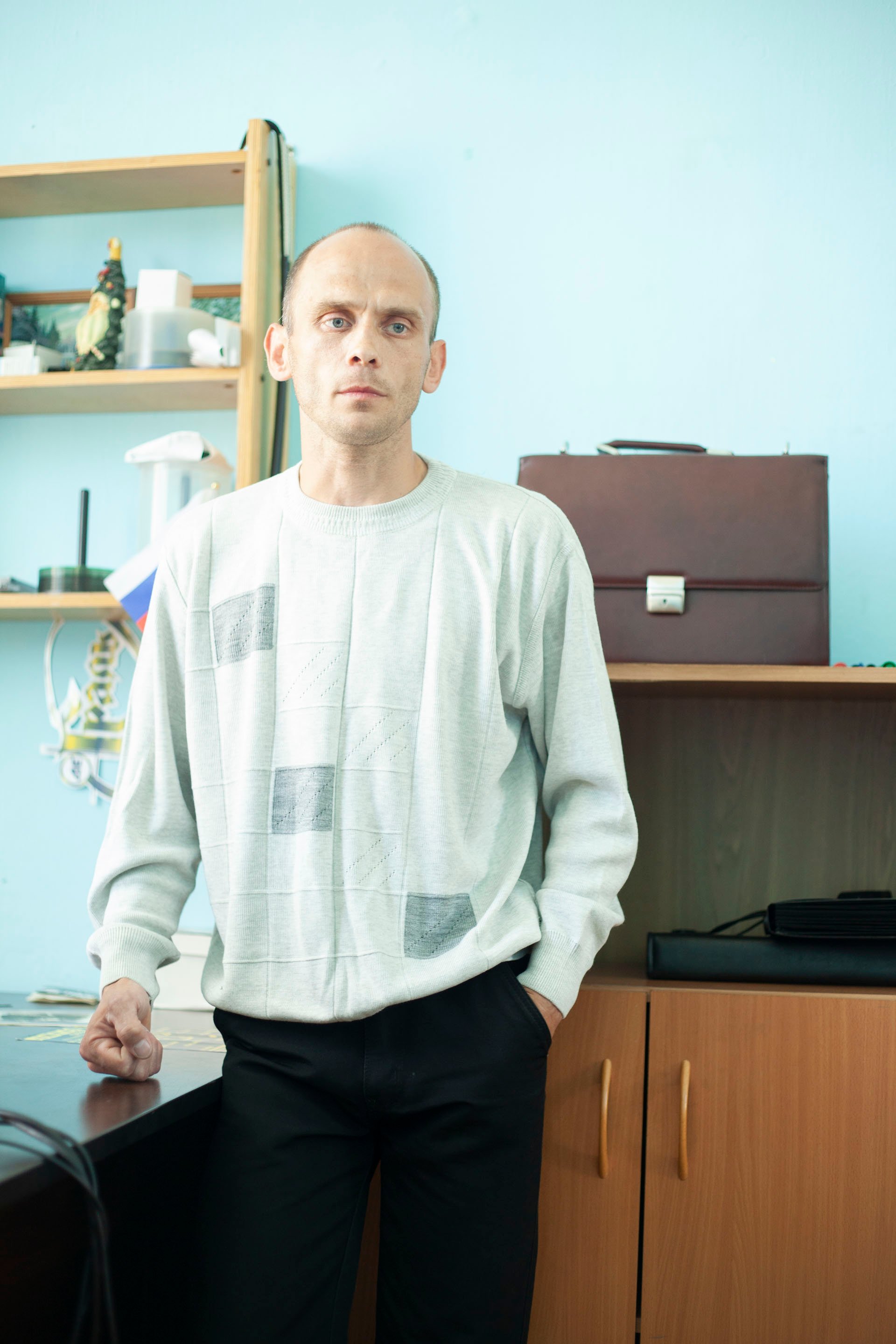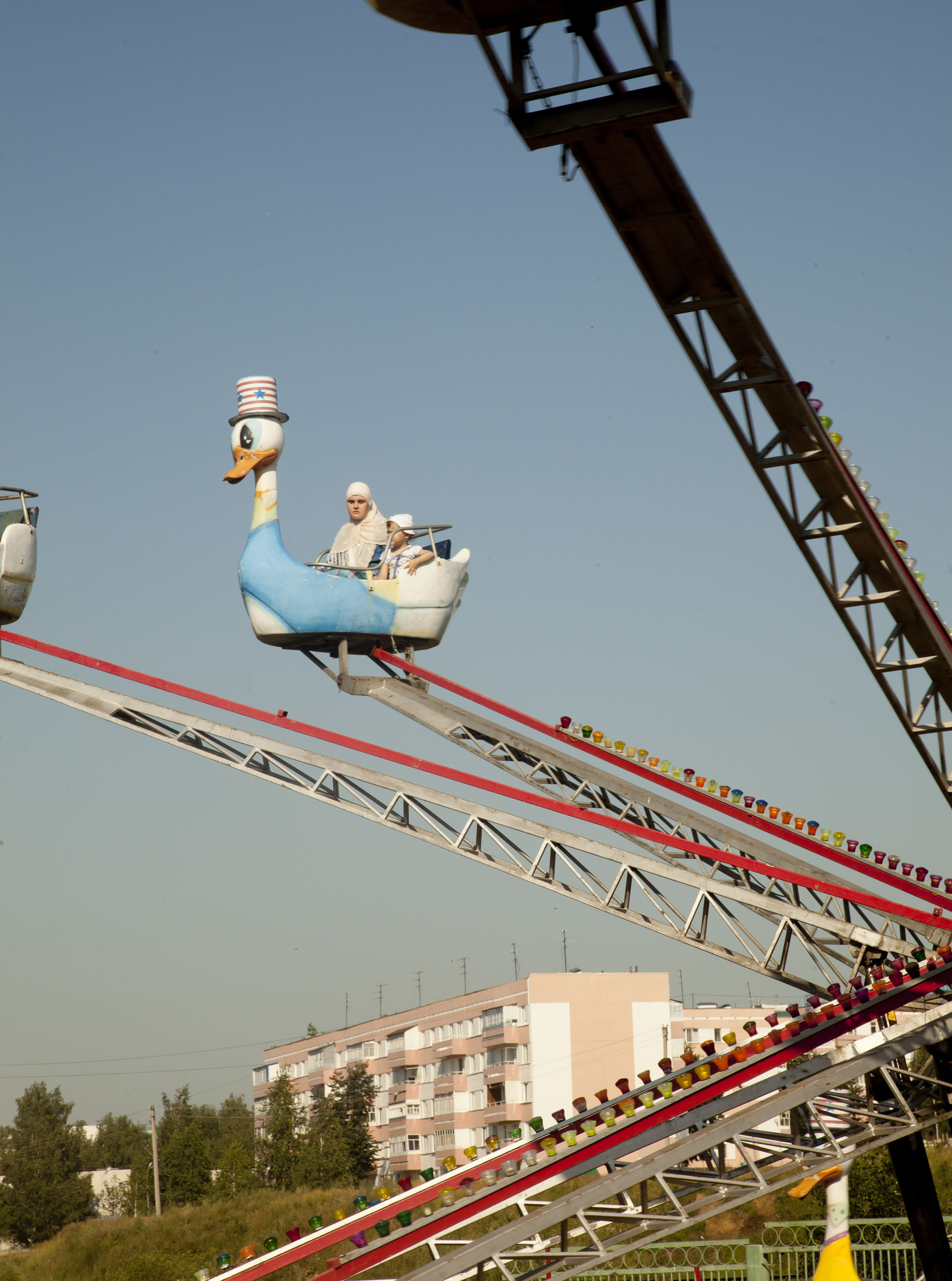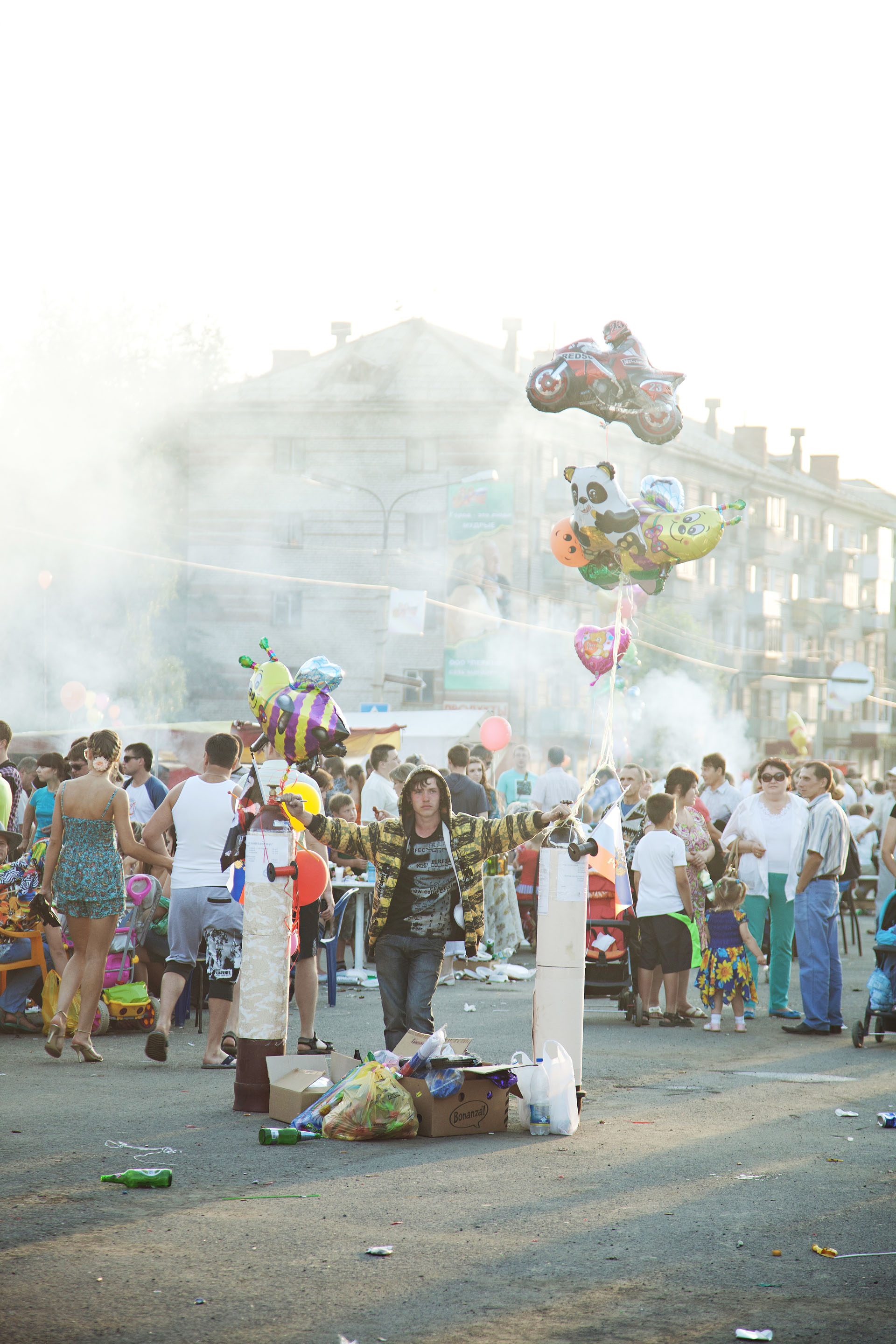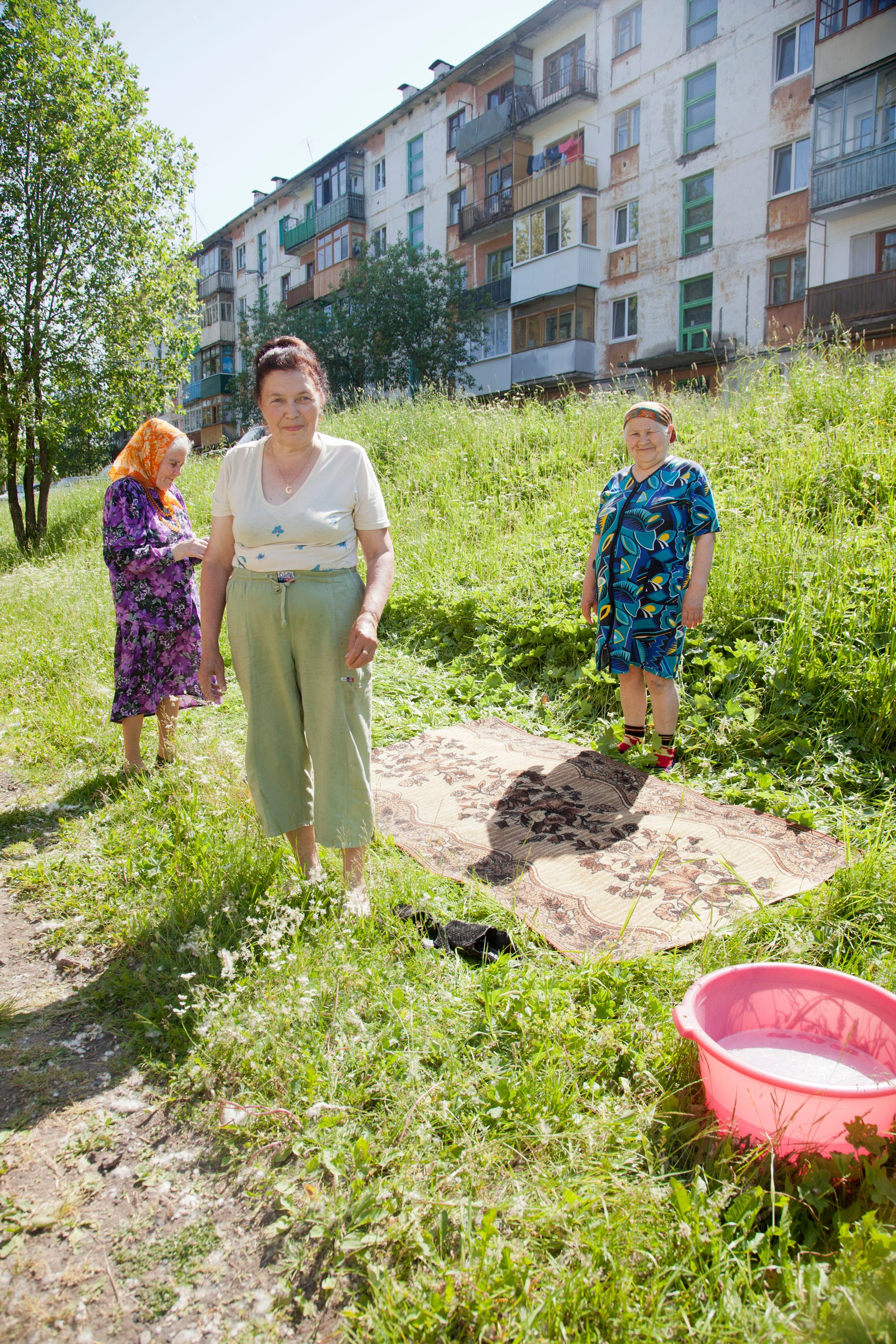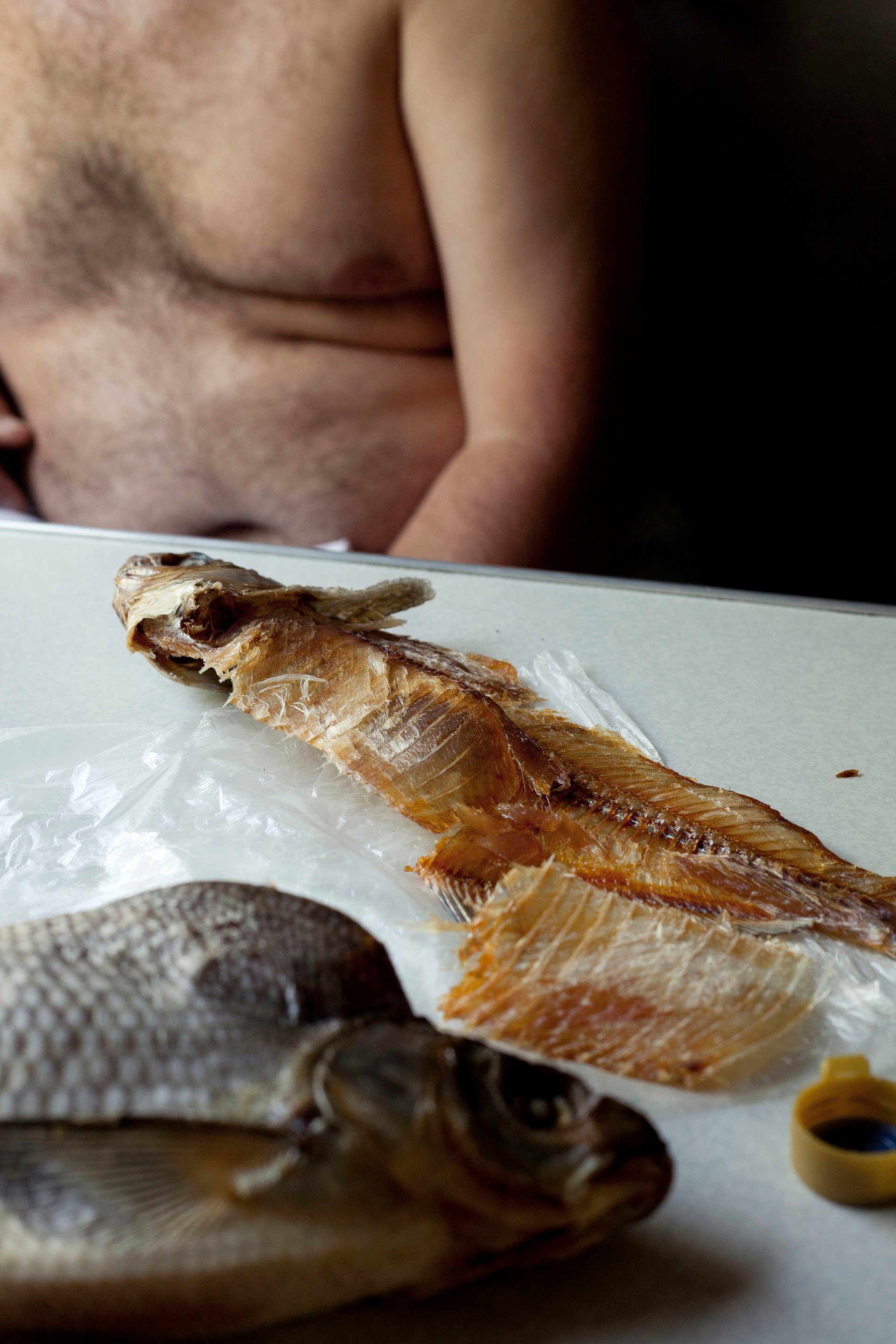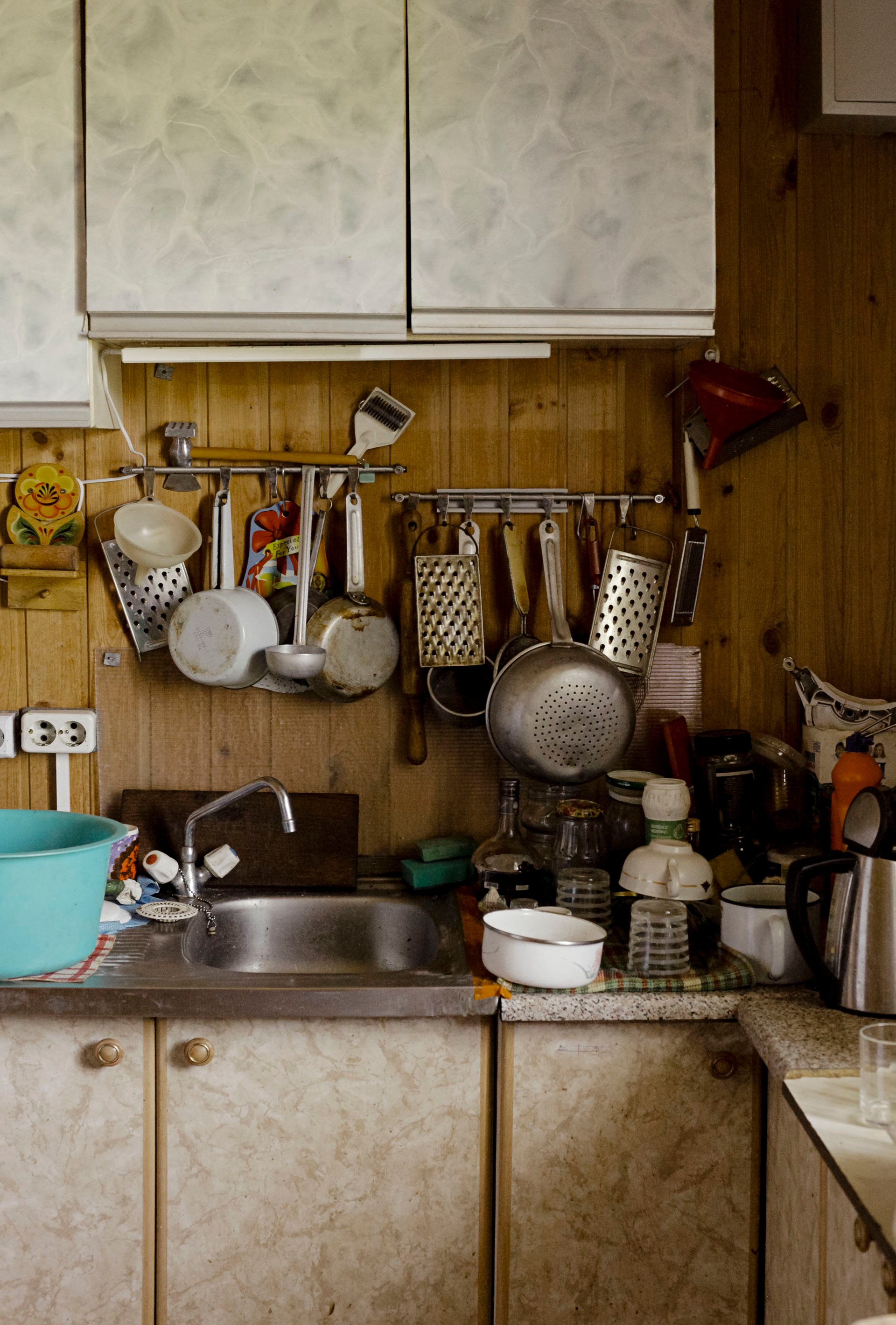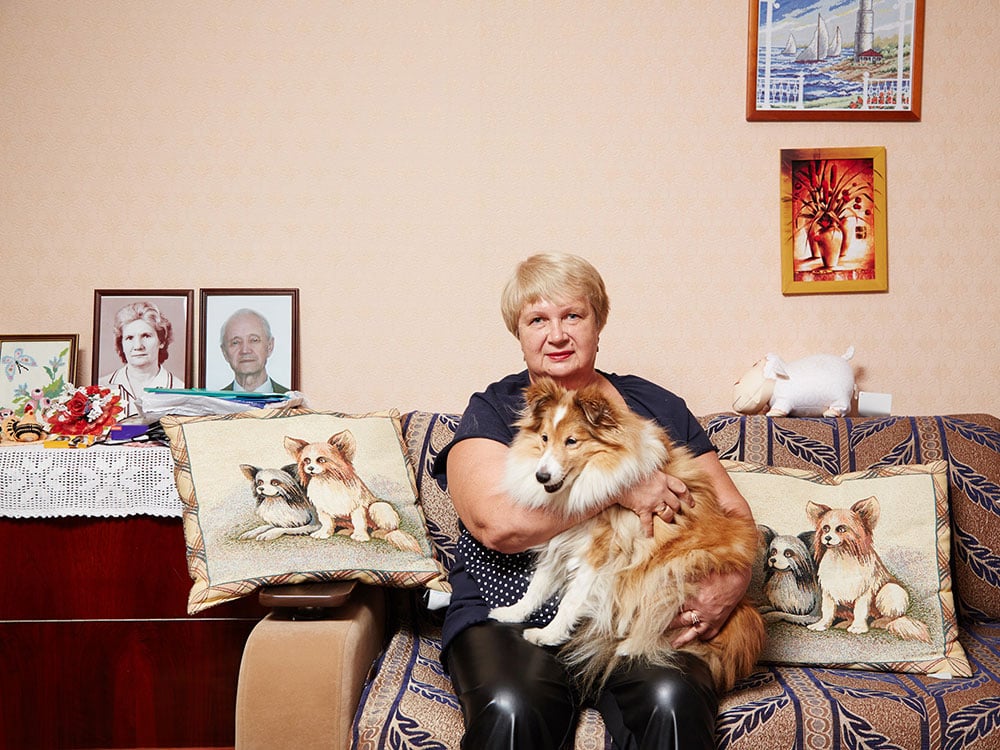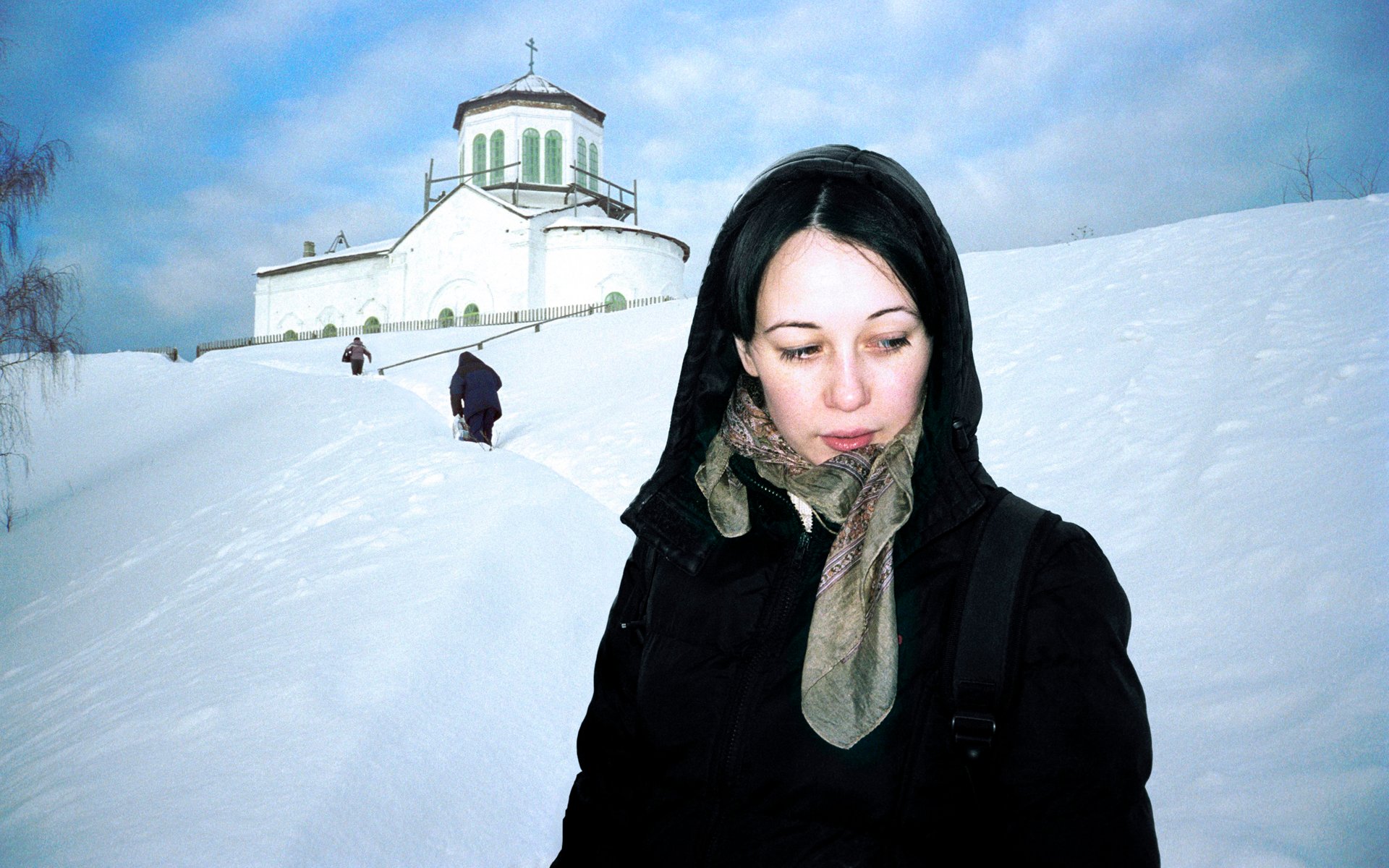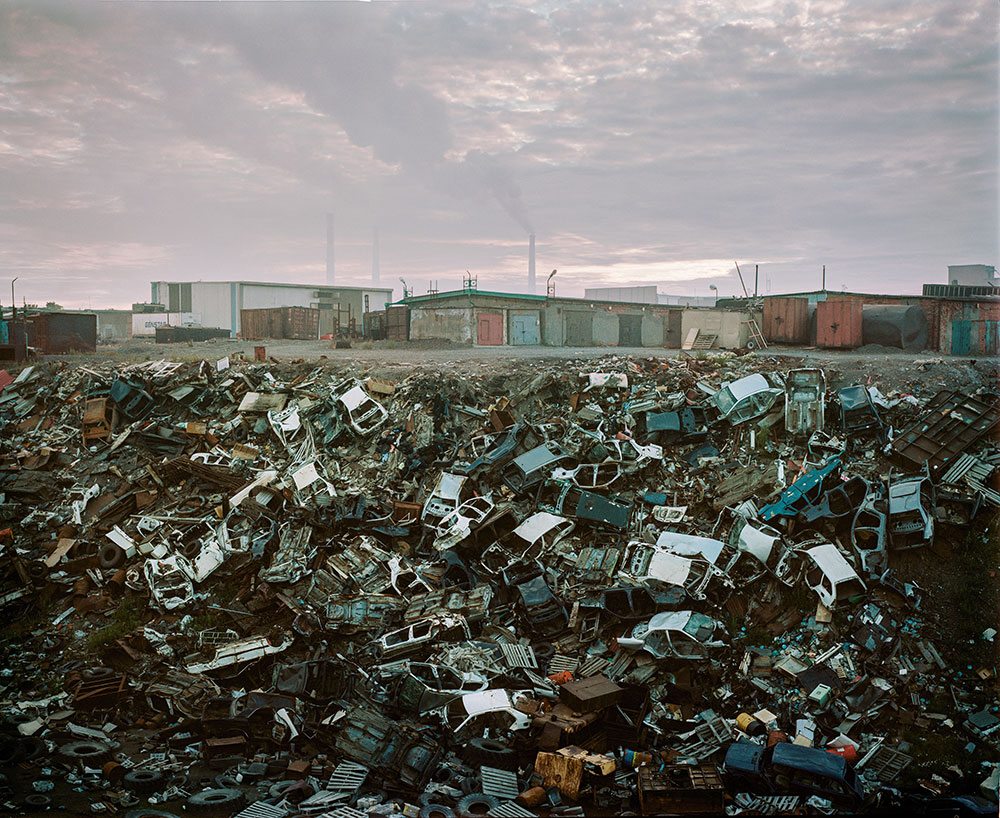Hidden and unmarked: vivid photos from inside Russia’s former closed towns
Hitchhiking across Russia, American documentary photographer Christine Armbruster recalls the times she’d camp beside rivers or sleep on the floors of friendly locals she’d met that morning. Except for one bed and breakfast near Lake Baikal, there were no hostels in the places she visited. In many cases, the towns themselves did not exist on a map. During the Soviet era, over 2,000 towns and cities were built. Armbruster visited and documented those cities that were closed or secret, which she found through dubious archive material online.
Probingly gentle, the photographs in Made of Steel depict homemade delicacies, national celebrations, and large swathes of industrial areas: scenes of everyday Russia that will be familiar to many but remain hidden to many tourists. We asked the photographer to recount her journey. Here, she tells The Calvert Journal about the communities she encountered who have been left to survive on their own.
Was there a moment you can point to when you first had the idea to travel to Russia?
I don’t believe there was any one moment. I’d started spending a lot of time in the Balkans and my interests kept pushing me further east. I was drawn to the architectural legacy of the USSR and the Soviet avant-garde art, and that interest just kept growing until I found myself enrolling on a Russian language course and perusing plane tickets. A friend of mine had wanted to make a video documentary on these towns and so we split the research and planning between us. He had a couple of contacts which he introduced me to, and between the locals and a lot of difficult-to-access documents, we were able to pinpoint a loose route across the country. We had a few places we wanted to see, but other than that, we allowed a lot of flexibility just in case we met someone or were introduced to a town along the way.
What books and projects informed your trip and resulting series?
When I started Made of Steel, I was simultaneously working on a project documenting towns in Utah with a population of 800 people or less in Utah. This was a huge influence on my photographic work in Russia: it was invaluable practice in talking to strangers and getting comfortable in tiny places. I found that a lot of my photographic inspiration informed both projects. I spent a lot of time looking at works by Depression-era American photographers such as Dorothea Lange and Walker Evans. I also became enthralled with the work of interior documentary photographer Olga Chagaoutdinova, who captured Russian homes in a quiet and subtle way. Then there’s Frank Herfort, with his ability to make even the most stark pre- and post-USSR buildings look like a dreamscape.
The market in Kamskie-Polyani, mostly empty like the rest of the city. Currently about 20,000 people live in this city with an infrastructure for 140,000 making it feel like a ghost town
“I was told I saw a truer Russia than most Russians have ever experienced”
“I’ve seen all sorts of wonderful and kind people. Grandmas laughing and feeding me jars of honey after a long day of picking tomatoes with them”
When officials come to Krasnouralsk, only the main road is repaired. The officials come in and out on this one road; they visit one square and stay in one place. The rest of the city remains unchanged as it has been for years
How did you locate those towns not marked on a map?
The biggest jackpot was a secret document which we found on some corner of the internet. It was in Russian and listed over 2,000 secret, single-industry, and closed towns. It was the only written document we could find in any language addressing the existence of these towns in so much detail. Once we had the list, some of them were easy to find. Others remain a mystery. In fact, there are still many closed and secret towns: settlements with radioactive rivers which you need government documents to enter and exit. Towns like these, of course, are not on maps.
Can you pick out any specific landscapes or places that left an impression on you?
Beautiful, magical Siberia. I have so many memories of being on long car rides, trying to hitchhike to small towns, and spending hours in the forests and meadows. It was so hot without air conditioning, we had to pull the car over every few hours, strip down and jump in the nearest lake or river to cool off. Then we’d pick up our clothes and get back on the road.
What would you say isolation looks like in Russia?
Isolation feels institutional here. Yes, the landscape is isolating, but these places are often isolated because of the way the government was or still is set up. I think a lot about Kamskiye Polyany, a small town in Tatarstan. It was built to be the sister city to Chernobyl as the next big nuclear reactor. But after the 1986 disaster, they had to stop all production. At the time there were 35,000 people working to build a new city for 140,000. Due to government red tape, they didn’t have the option to leave, and following the collapse of the USSR, the community became even more forgotten and isolated.
Locals tried to restore the city by building casinos on a street known as the “Tatarstan Las Vegas”, only to have the government shut that down too. Once again, the entire city was left without an economy. Every move or initiative that local people launched try to turn their lives around was squashed. When we were there, the only functioning business for hundreds of kilometers was a nightclub started by a group of men in their early 20s. The night club is in an abandoned casino they got access to and cleaned up. What’s incredible is that the entire district depends on this bootleg business for currency.
Everything in this town has to be grown or made completely from scratch. There are entire apartments blocks with only one tenant. The sense of community is strong, but the situation is desperate. That’s what isolation feels like in these cities: you have your assigned place, and you are forced to stay there no matter the circumstances. If you try anything else, your efforts are squashed by officials and bureaucracy.
How do you find connection with people you photograph when you don’t speak the language?
I’ve spent a lot of time fumbling across languages and cultures. I feel you can get your point across through gestures and simply trying to communicate. I am always surprised at how far an impromptu game of charades and a little bit of basic vocabulary can get you. Of course, complicated topics are a bit more difficult to navigate. For these moments, I had a translator who could allow me to get the bigger picture and find out all the details I needed for the story.
How did they respond to your travels? Did you get any sense of their own understanding of Russia by comparison?
There were moments when it was difficult to gain someone’s trust because of this internal suspicion. Many people couldn’t figure out why I would come so far just to visit such a small and remote place, particularly without any political motive. There was skepticism, but also warmth and hospitality. Russians would tell me to trust no one, then invite me to dinner with their extended families. It’s a funny dichotomy: a people so skeptical of themselves and yet so welcome and generous all at the same time.
How has photography changed the way you look at the world, Russia in particular?
I am still obsessed with small towns: the realisation that New York City isn’t America, just as Moscow isn’t Russia. I was told I saw a truer Russia than most Russians have ever experienced. I have taken this mindset across all my travels, trying to spend time in small towns rather than just a “main destination”. I feel like you get a better sense of the country and culture in a town that nobody has heard of. I think these experiences have made me really love Russia. I’ve seen all sorts of wonderful and kind people. Grandmas laughing and feeding me jars of honey after a long day of picking tomatoes with them. I held babies and beloved pets. I spent a few days at the summer home of a former cosmonaut who said he spent his entire career pointing missiles at my country. He never thought he’d have an American in his summer home. In that moment, we both realised that the world is a lot more complex than we often think it is. Russia is a really beautiful, friendly, kind place. I don’t really believe that I went there expecting cold and harsh people and conditions, but even with an open mind, I was pleasantly surprised at just how kind and generous of a place it continues to be.
